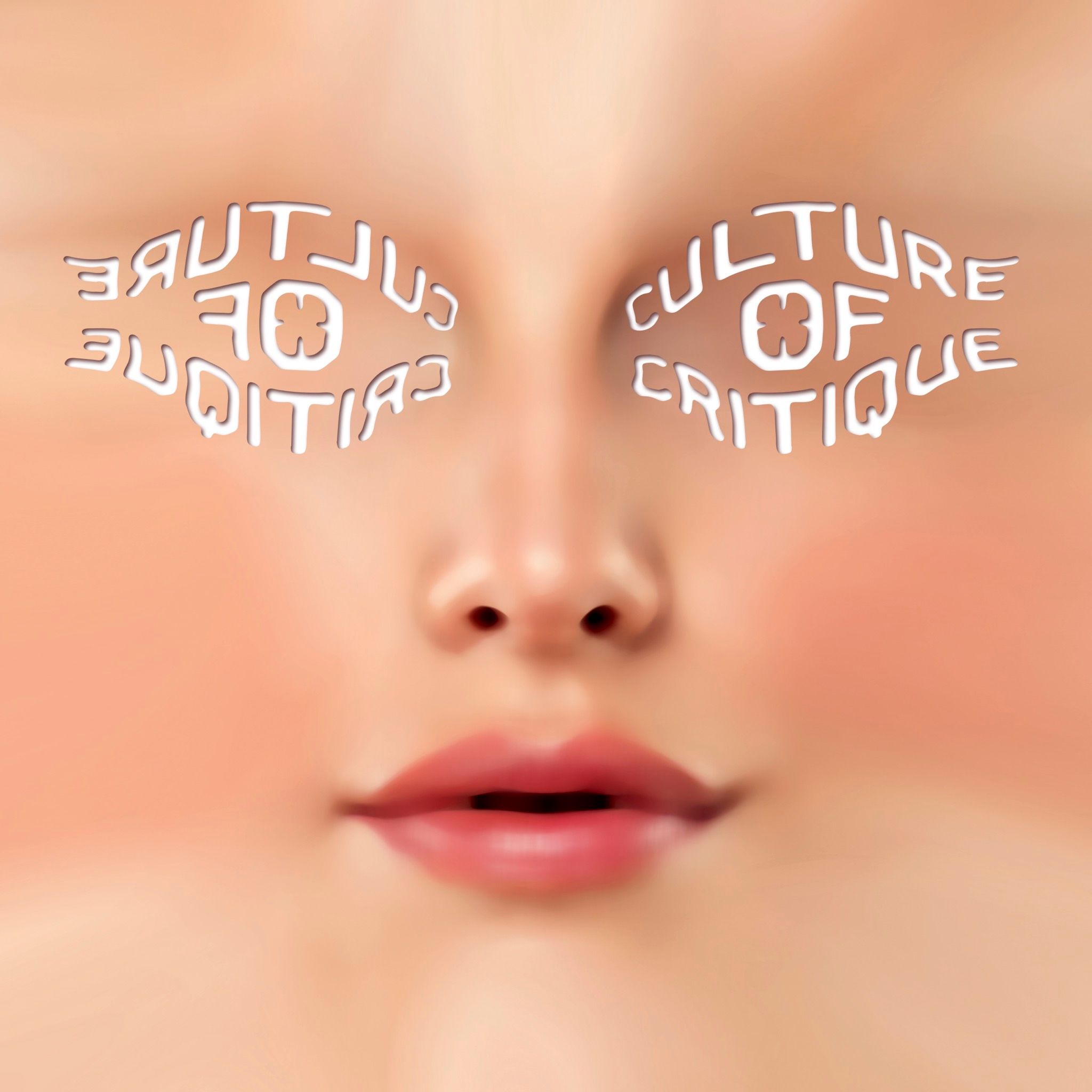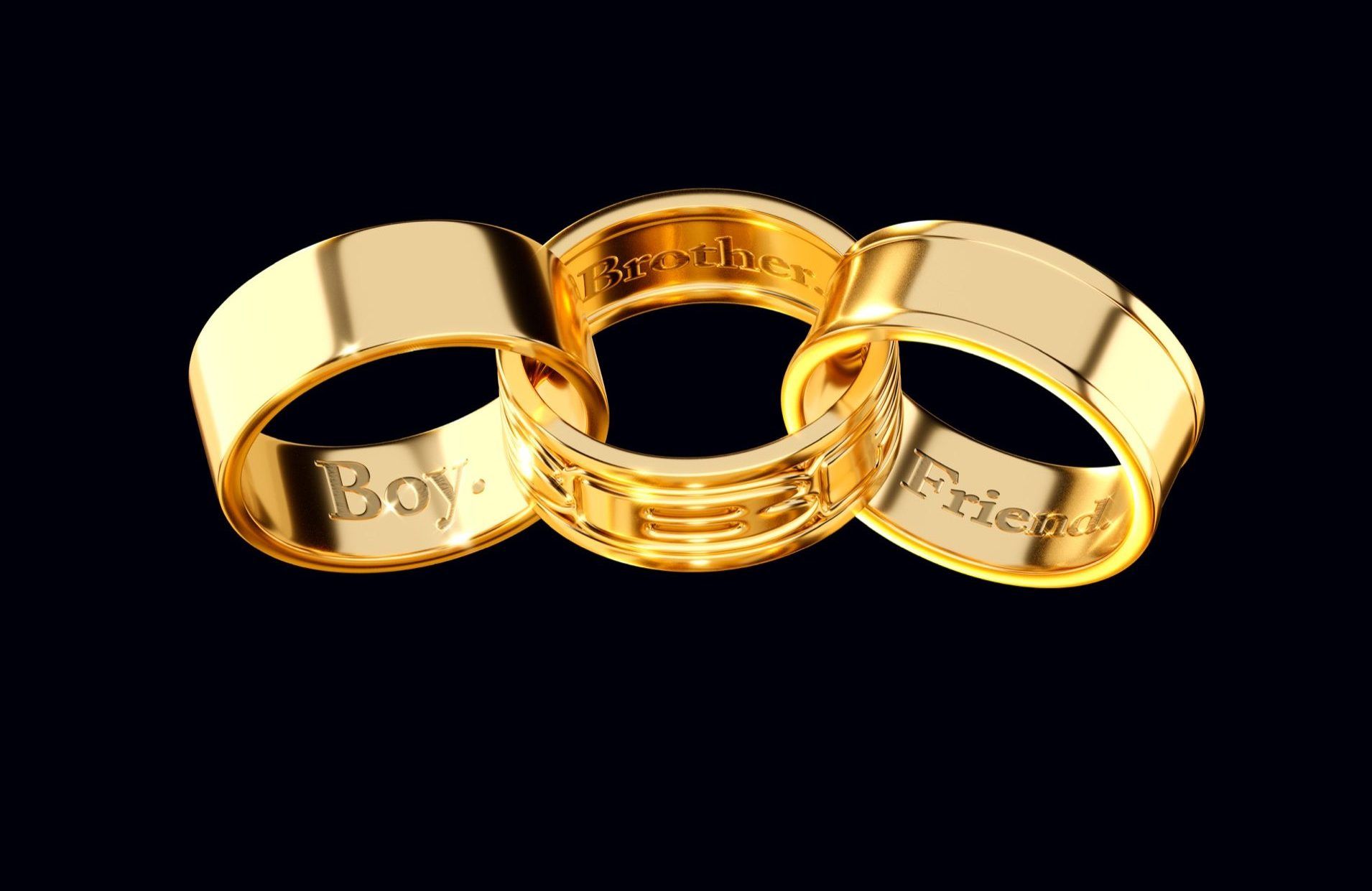Culture of Critique: Prelude to WALLET Magazine’s Issue #9

Last week, WALLET launched “Culture of Critique”: the magazine’s ninth edition, dedicated to “conversation on fashion criticism and its numerous contemporary forms.” Between collection reviews, society columns, luxury industry reports, brand profiles, and of course, paid content, the distinction between coverage, critique, and commerce is increasingly blurred. In fact, in the current landscape, these modalities may have already converged. Wallet editor-in-chief Elise By Olsen set out to investigate nonetheless, sitting down with Robin Givhan of The Washington Post, anonymous/independent commentator Steve Oklyn, and The New York Times‘ chief fashion critic Vanessa Friedman. Published alongside the interviews is a visual essay including contributions from Agnès B., Ann Demeulemeester, Gauntlett Cheng, Hermès, Miu Miu, Robert Wun, Susan Cianciolo, Takahiromiyashita The Soloist, Telfar, Undercover, and Vacquera, brought together in a 20-page synthesis of views from across the industry. And just to make sure we’re not just consuming, but also contributing to discourse, an evaluation form inviting readers to use a five-star rating system to review the contents is included with each magazine. Featured below, an excerpt from the new issue’s editorial “Prelude” sets up a crucial question: if there remains a difference between corporate agenda and critical practice – and a desire for their coexistence without compromise – how do we navigate the binary to effectively “do both”?




Criticism is perhaps the least understood part of fashion. Its history is obscured by its non-academic genesis, and intertwined with an industry that relies on symbolic value or industrial manufacturing to create profit. As the fashion industry grew during the Industrial Revolution, so did its presence in culture and printed media. The road from the earliest magazines (more akin to illustrated newspapers) to the ad-filled bibles of the modern and urban consumer may have consistently featured writing, but could hardly always be deemed criticism: often, words in magazines were there in the service of promoting fashionable lifestyles. A potential pivot can be found in Roland Barthes’s “Fashion System” (1967) revealing the function of the written word in the fashion industry. Today we have several courses dedicated to the studies of semiotics of fashion, fashion journalism as well as academic and scholarly research on topics related to fashion. Still, fashion never established its own critical canon – and the outlines of the practice remains flimsy today. With the advent of the internet and online activities, criticism changed once more. The visual aspects of fashion criticism grew, as the fast pace of social media desired a faster, snappier, and sassier response than that of academia. This has again been monetized as capitalism knows no boundaries.
And it’s always about the money. As the fashion industry is trying to make room for a diversity of shapes, colors, abilities and age, the fashion magazines seem to be on a lethal diet. The advertisers are disappearing from traditional print media, and new partnership deals are forged in order to make a buck from fashion publishing. These magazines were never the site of fashion criticism, but afforded us an example of the conjoined relationship between fashion writing and the fashion industry. We want to know where the money went? Did it all go to sponsor influencers on Instagram? Is anyone even online anymore? The economic models of Instagram influences are as compromised as the printed magazines that preceded them. But with this new financial paradigm shift, there is also the opportunity for criticism to rear its ugly head. We are particularly interested in these sites of criticism that operate in anonymity, and embrace the new circulation politics of social media. Not that criticism is inherently anti-capitalistic. Is criticism a business like any other, or, is it exceptional?
In the current landscape of fashion media, criticism seems to rest at an awkward threshold between, on the one hand, perpetuating the romantic fantasies of the fashion industry, and on the other, ferociously exposing its various problematic operations. While the historic category of the fashion review has become increasingly critically compromised and redundant, often offering little more than covert promotion of a magazine’s advertisers, the non-hierarchical fashion social media has tasked itself to become a kind of watch-dog of the industry, “calling out” issues particularly as they relate to representation, social justice and environmental responsibility. The age-old themes of fashion criticism –formal analysis, political discussion, economic evaluation – remain, but have shattered into media micro-spheres, picking up pace while diminishing in “quality.” The old guard – corporate media – are still married to lucrative advertising deals, trying to keep up or take a resistant stance, or both, depending on the day. This is all to say that technology plays a huge role in, not only the dissemination of criticism, but its formation. Do we deserve a different critical discourse than what we have? What is the difference between call-out, gossip, and criticism? Are we critiquing the creative fashion or the corporate industry – or is it possible to productively do both?
– Elise By Olsen, “Prelude,” Wallet Issue 9 (Spring 2021)






Credits
- Images: Morteza Vaseghi
- Text: Elise By Olsen


